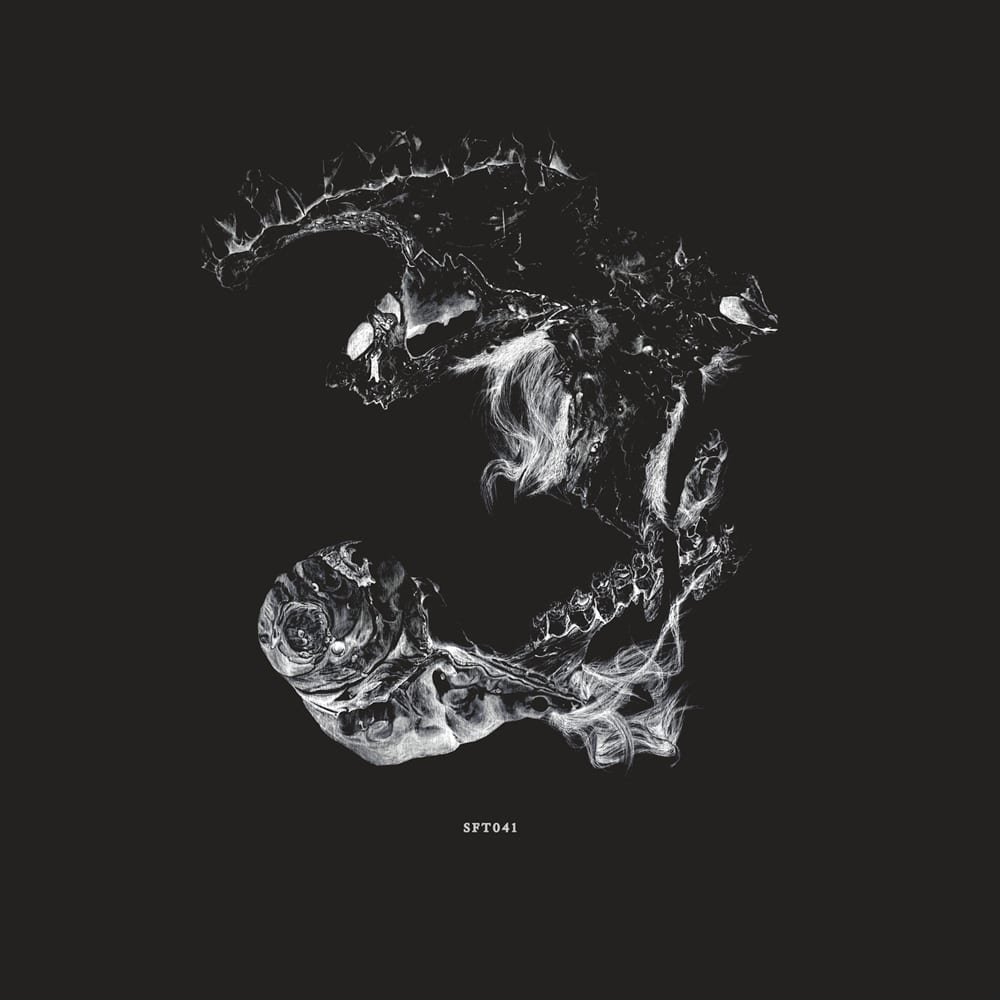
The recent history of America’s Midwest has been dominated by corruption, boom and bust economics and in the case of Detroit and Chicago a severe rich/poor divide exacerbated by declining industrial might. As is often the case when a once wealthy area reaches economic stagnation, underground DIY cultures increase in importance. The region has a rich lineage of DJ’s, producers and radio shows pushing adventurous versions of house and techno that transcend the bleakness of their surroundings, contributing to the prevailing artistic conversations of the time whilst retaining a sense of a local DIY ethos.
Ryan McRyhew moved to Chicago from Denver in 2011 and with his Thug Entrancer project has created an album that is shaped by both the city’s house music heritage and its experimental fringes. It isn’t the sound of a dilettante tourist trying to latch onto the coattails of an existing scene but an artist creating his own statement alongside it.
Each track maintains the energy of live performance, of hardware being played live rather than programmed midi and presets. Like his label mate Huerco S or Ren Schofield’s Container project this is abstract dance music that is built on the relationship between human and machine. It is still synthetic but the feeling of a human trying to control the circuitry is always present and this fact gives it a distinct voice.
The album is made up of eight tracks that combine to feel part of a complete whole. ‘Part One‘ has mournful cracked pads and stuttering percussion that come across as a twitching overture for what is to follow. ‘Part Four’ is built on a relentlessly repeating arpeggio underpinned by subtly shifting rhythm tracks. Throughout the album disturbed percussive hits and warped noises create a sinister landscape similar to a Fabio Frizzi soundtrack. Moments of buzzing and glitching are resolved in moments of rhythmic clarity or the realising of subtle melodies. The dynamic range and balance between chaos and order on the tracks give the album a sense of composition beyond the rise and fall repetition of much electronic music.
The title ‘Death After Life’ could conjure images of some terrible metal band’s cheesy attempts at Satanism, but the music on the album quickly removes itself from such associations and creates something far more poignant. Ancient drum machines and sequencers are used not merely for retro kitsch. The ‘Death After Life’ is instead found in devices that were once seen as the epitome of chic modernism becoming archaic artefacts and placed into surreal new contexts. At times there are hints of early industrial acts such as Cabaret Voltaire, especially in the blast of modular noise at the end of part three. However this isn’t just senseless industrial nihilism riling against modernity, but the creation of something new from the debris in the ‘Death After Life.’
Daniel Lopatin’s Software Recording Co. label has released a slew of diverse and interesting records over the last year or so. Thug Entrancer’s Death After Life fits comfortably alongside the labels catalogue. A twitching, wonky version of electronic music that flitters between chaos and order, it engages with the heritage of dance and house music from the city where it was created to construct its own impressionistic world.